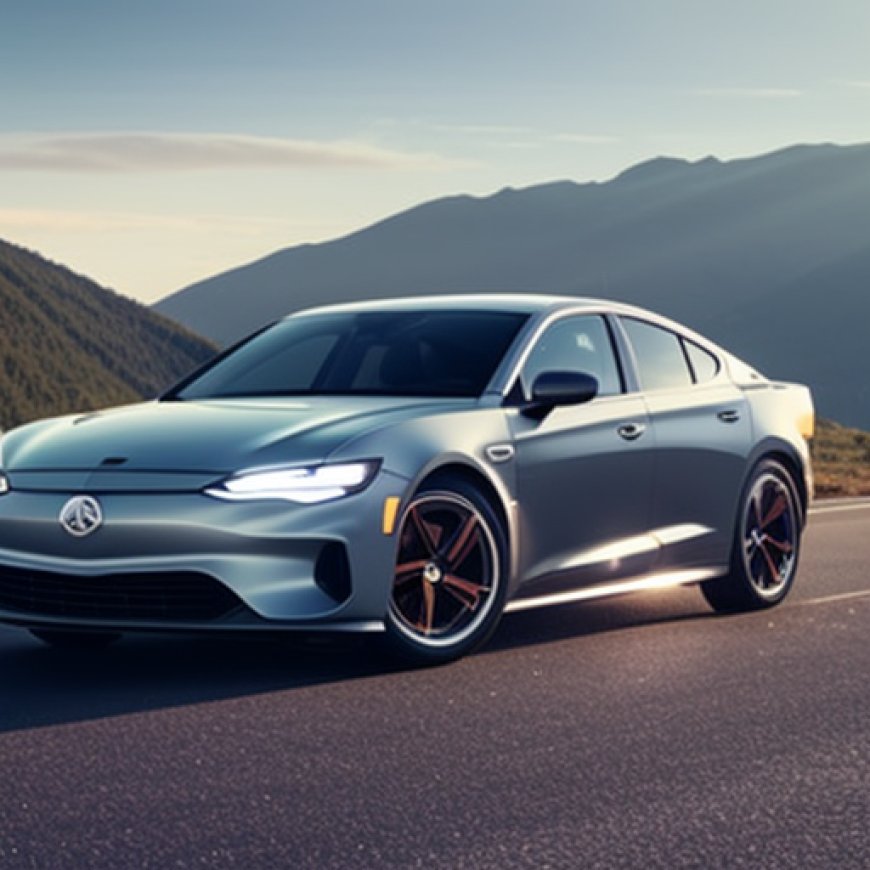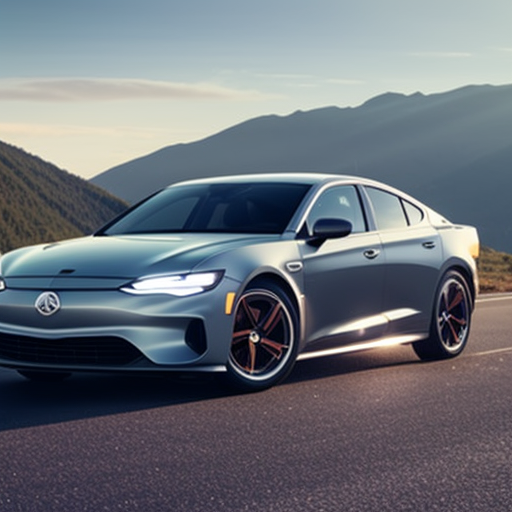Vermonters are buying more electric vehicles, but parts of the state are still waiting for chargers
Vermonters are buying more electric vehicles, but parts of the state ... Vermont Public


Vermont’s Commitment to an Electric Future
Vermont has made significant progress in promoting electric vehicles (EVs) and building a robust charging infrastructure. However, bureaucratic rulemaking and supply shortages have hindered further advancements. The state currently leads the nation in terms of electric vehicle charging stations per capita, demonstrating its commitment to a sustainable future. Nonetheless, there are still areas in Vermont that lack public chargers, limiting accessibility for individuals who cannot charge at home or those embarking on road trips.
Where are Vermont’s EV chargers?
The presence of charging stations is crucial, but equally important is the speed at which they operate. Unlike traditional gas stations, the time required to recharge an EV varies significantly based on the charging station’s capabilities and the vehicle itself. Charging stations are categorized into three levels based on their electricity output.
- Level 1 chargers: These chargers provide electricity through a conventional 120 volt AC plug and do not require additional installation. However, they are the slowest option, taking up to 48 hours to fully charge a battery-electric car.
- Level 2 chargers: These chargers are five times faster than Level 1 chargers and can fully charge a battery overnight. However, installation of a charging station is necessary for home use.
- DC Fast Chargers (Level 3 chargers): These chargers have a high output of electricity, ranging from 50kW to 350kW. They can recharge a battery-electric vehicle to 80% in just 15 to 45 minutes. DC Fast Chargers are primarily intended for road trips rather than everyday charging.
Plug-in hybrid electric vehicles, which have smaller batteries, require less time to charge. For example, the popular Toyota Prius Prime in Vermont takes 11 hours to charge with a Level 1 charger and four hours with a Level 2 charger. However, hybrids cannot utilize DC Fast Charging.
Interestingly, most EV owners recharge their vehicles at home. This explains why affluent towns like Charlotte and Norwich have a high number of registered EVs per capita despite having only one and two charging stations, respectively.

However, for those who cannot charge at home, public charging is the only option available.
‘It takes quite a while’
While new infrastructure is being developed, the slow pace of bureaucratic rulemaking and supply shortages due to the COVID-19 pandemic have resulted in a gradual rollout. For instance, the state contracted two companies to build 17 DC Fast Charge stations in 2020 using funds from the Volkswagen emissions settlement. However, three years later, only four of these stations have been built. The delay is attributed to challenges such as finding willing hosts, sourcing supplies, and waiting for grid upgrades.
In order to achieve its Sustainable Development Goals (SDGs) of registering 27,000 EVs by 2025 and 126,000 EVs by 2030, Vermont aims to have a DC Fast Charge station within one mile of every interstate exit and within at least 25 miles of the next DC Fast Charge station on the state highway system.
Moreover, the state needs thousands more Level 2 ports, both public and private, to meet its EV targets. Vermont continues to invest in infrastructure development, including the construction of 37 new stations with 84 ports each at affordable, nonprofit multi-unit dwellings. The goal is to create enough infrastructure to make EV ownership more popular, thereby encouraging greater private sector investment.
“It won’t be significant until we pass this first barrier where there are low numbers, relatively speaking, of EV drivers,” said Patrick Murphy, sustainability and innovations project manager at the Vermont Agency of Transportation. “Increasing the number of EV drivers will drive demand for public charging.”
If you have any questions, comments, or tips, send us a message.
SDGs, Targets, and Indicators
1. Which SDGs are addressed or connected to the issues highlighted in the article?
- SDG 7: Affordable and Clean Energy
- SDG 9: Industry, Innovation, and Infrastructure
- SDG 11: Sustainable Cities and Communities
- SDG 13: Climate Action
2. What specific targets under those SDGs can be identified based on the article’s content?
- SDG 7.3: By 2030, double the global rate of improvement in energy efficiency
- SDG 9.1: Develop quality, reliable, sustainable, and resilient infrastructure
- SDG 11.2: By 2030, provide access to safe, affordable, accessible, and sustainable transport systems for all
- SDG 13.2: Integrate climate change measures into national policies, strategies, and planning
3. Are there any indicators mentioned or implied in the article that can be used to measure progress towards the identified targets?
- Number of electric vehicles (EVs) on the road
- Number of EV charging stations per capita
- Number of Level 1, Level 2, and DC Fast Chargers available
- Percentage of EVs registered by a certain year (e.g., 2025, 2030)
Table: SDGs, Targets, and Indicators
| SDGs | Targets | Indicators |
|---|---|---|
| SDG 7: Affordable and Clean Energy | SDG 7.3: By 2030, double the global rate of improvement in energy efficiency | – Number of electric vehicles (EVs) on the road – Number of EV charging stations per capita |
| SDG 9: Industry, Innovation, and Infrastructure | SDG 9.1: Develop quality, reliable, sustainable, and resilient infrastructure | – Number of Level 1, Level 2, and DC Fast Chargers available – Number of infrastructure projects completed |
| SDG 11: Sustainable Cities and Communities | SDG 11.2: By 2030, provide access to safe, affordable, accessible, and sustainable transport systems for all | – Percentage of population with access to EV charging stations – Distance between DC Fast Charge stations on highways and interstate exits |
| SDG 13: Climate Action | SDG 13.2: Integrate climate change measures into national policies, strategies, and planning | – Number of EVs registered by a certain year (e.g., 2025, 2030) – Percentage reduction in greenhouse gas emissions from transportation sector |
Behold! This splendid article springs forth from the wellspring of knowledge, shaped by a wondrous proprietary AI technology that delved into a vast ocean of data, illuminating the path towards the Sustainable Development Goals. Remember that all rights are reserved by SDG Investors LLC, empowering us to champion progress together.
Source: vermontpublic.org

Join us, as fellow seekers of change, on a transformative journey at https://sdgtalks.ai/welcome, where you can become a member and actively contribute to shaping a brighter future.







